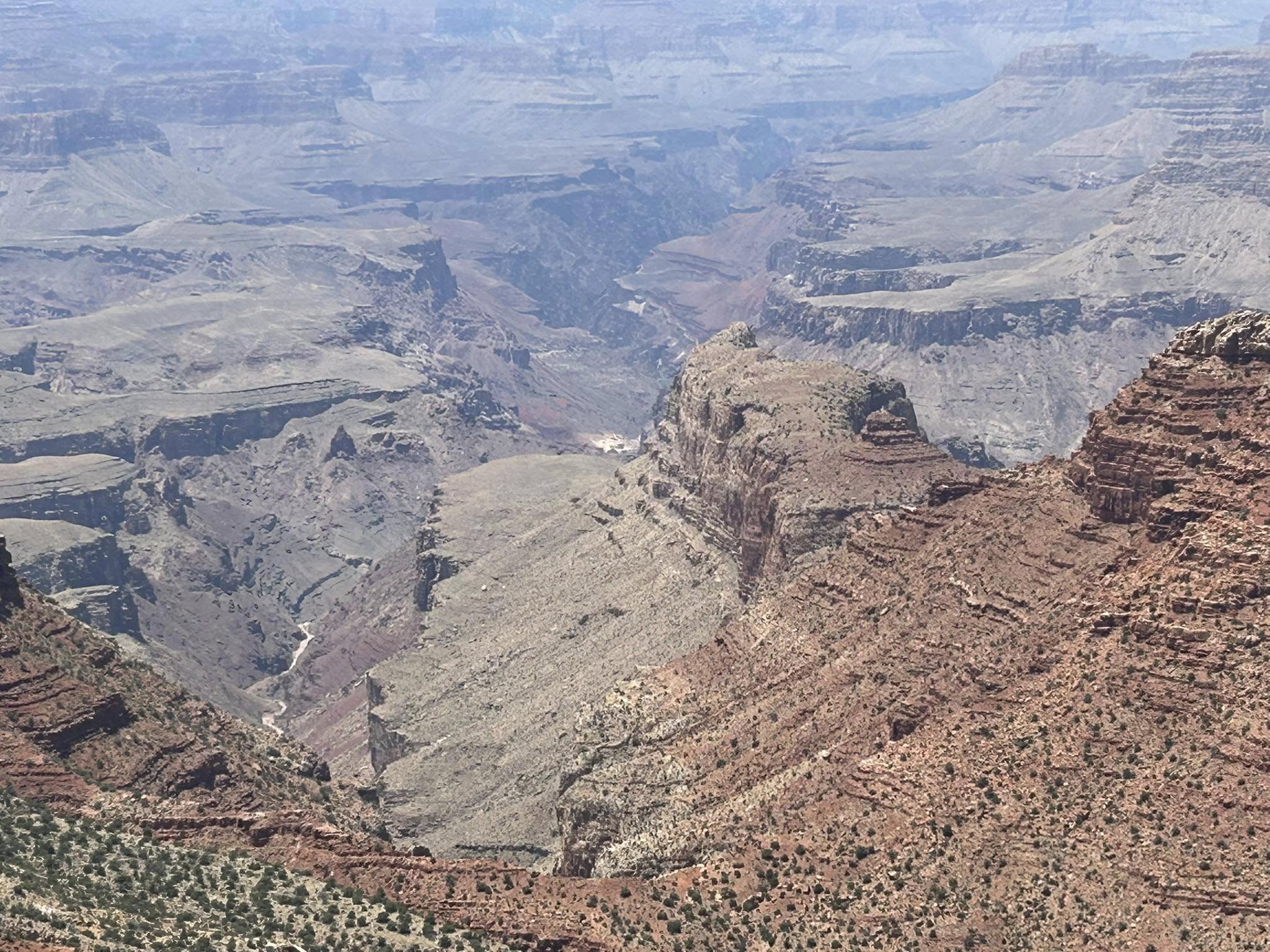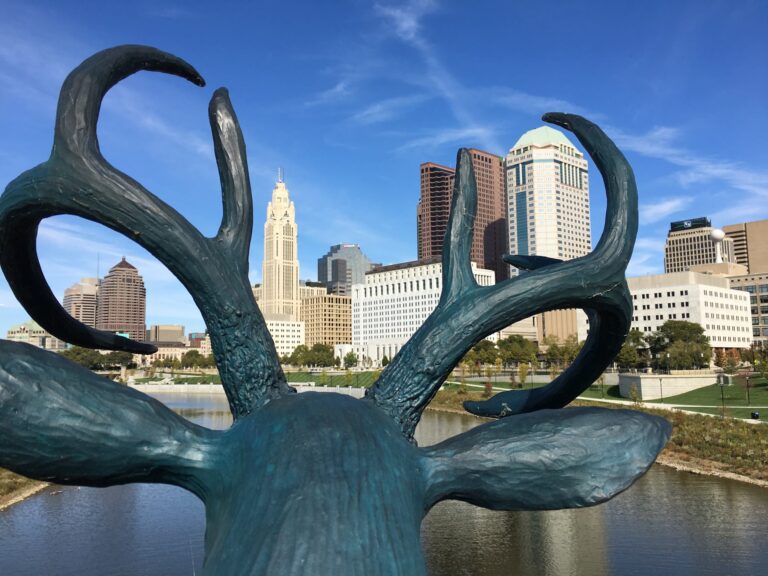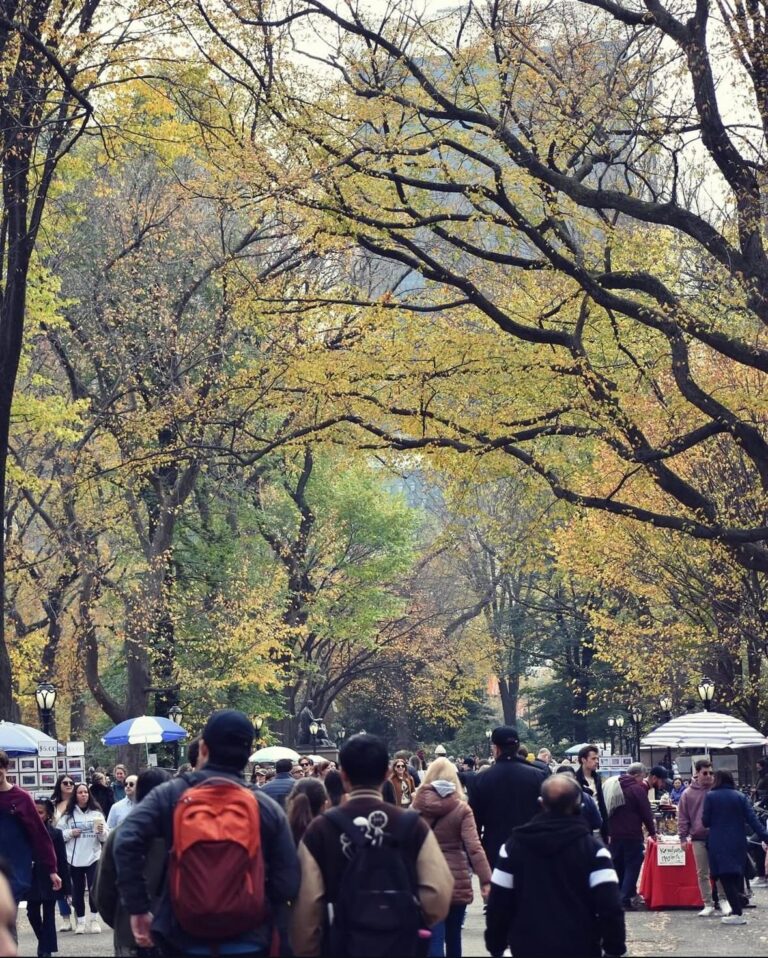Grand Canyon National Park
Grand Canyon National Park in northern Arizona is one of the world’s most breathtaking natural wonders. Carved by the Colorado River over millions of years, the canyon is 278 miles (447 kilometers) long and over a mile deep, revealing nearly two billion years of geological history. As a UNESCO World Heritage Site and a cultural landmark for 11 Associated Tribes, the park offers awe-inspiring views, scenic trails, and rich stories waiting to be explored.
Getting There
The South Rim is the most visited and accessible part of the park. It is open year-round and reachable by road or air.
By air
- Phoenix Sky Harbor International Airport (PHX) – 3.5 to 4 hours by car
- Las Vegas McCarran International Airport (LAS) – 4.5 to 5.5 hours by car
- Flagstaff Pulliam Airport (FLG) – 90 minutes by car
By car
- From Phoenix – Drive north via I-17 and AZ-64
- From Las Vegas – Take US-93 south to I-40 east, then AZ-64 north
- From Flagstaff – Take US-180 west to AZ-64 north
- From Williams – Take AZ-64 north directly to the South Rim
Rental cars are the most convenient option. There is no direct public transit to the park, but guided tours and shuttles operate from nearby cities.
Park Entrance and Fees
- $35 per vehicle – Valid for 7 days
- $30 per motorcycle
- $20 per person for hikers or cyclists
- $80 for the America the Beautiful annual pass – Covers all U.S. national parks
Purchase passes at entrance stations or online through recreation.gov.
Where to Stay
Inside the park
- El Tovar Hotel – Historic and elegant with canyon views
- Bright Angel Lodge – Rustic charm and central location
- Yavapai Lodge – Modern amenities near the visitor center
- Phantom Ranch – Only accessible by hiking, mule, or rafting. Reservations via lottery.
Nearby lodging in Tusayan, Arizona
- The Grand Hotel at the Grand Canyon
- Best Western Premier Squire Inn
- Red Feather Lodge
Camping
- Mather Campground – Open year-round with reservation
- Desert View Campground – Seasonal (usually April to October)
- Backcountry camping requires a permit
Make reservations as early as possible, especially during spring and summer.
What to See and Do
Top viewpoints
- Mather Point – Easily accessible and ideal for sunrise
- Hopi Point – Famous for its wide-angle sunset views
- Desert View Watchtower – Historic structure with sweeping canyon vistas
- Yaki Point – Peaceful and accessible only via shuttle bus
- Grandview Point – Panoramic views and trail access
Hiking
- Rim Trail – Paved and mostly flat, great for all skill levels
- Bright Angel Trail – A popular path into the canyon, with shaded rest stops
- South Kaibab Trail – Offers dramatic views but has little shade and no water
- Always carry water, wear proper footwear, and pace yourself
Visitor experiences
- Stop by the Grand Canyon Visitor Center for maps, orientation films, and ranger programs
- Ride free park shuttles to Hermit Road and other scenic spots
- Join ranger talks, guided walks, and stargazing sessions during peak seasons
When to Visit
Spring (March to May) – Mild weather, blooming plants, and ideal hiking conditions
Summer (June to August) – Hot and crowded. Start hikes early and stay hydrated
Autumn (September to November) – Fewer visitors, clear skies, and pleasant temperatures
Winter (December to February) – Snow-dusted views and peaceful trails, though some services may be limited
Plan your visit around early morning or late afternoon for the best light and fewer crowds.
Accessibility
The park offers several accessible facilities for visitors with mobility needs:
- Wheelchair-accessible viewpoints include Mather Point, Yavapai Point, and Desert View
- Shuttle buses are equipped with ramps and lifts
- Visitor centers, restrooms, and most paved trails are accessible
- The park offers a free Accessibility Guide upon request
Travel Tips
- Wear comfortable walking shoes or hiking boots
- Bring sunblock, a hat, and plenty of water
- Watch for sudden weather changes—conditions at the rim can differ from those inside the canyon
- Stay on marked paths—cliff edges can be unstable
- Never feed wildlife or leave food unattended
- Download offline maps since cell service is limited
Suggested Length of Stay
- One day – Visit several viewpoints, walk a short trail, and explore the visitor center
- Two to three days – Hike into the canyon, attend ranger programs, and enjoy sunrise and sunset views
- Four or more days – Ideal for backcountry trips, photography, or combining with nearby destinations





